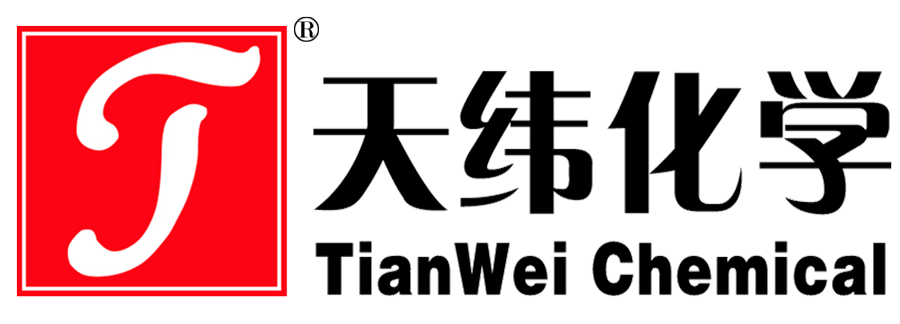The difference between preservatives, fungicides, and disinfectants
Among the concepts of antiseptic and disinfection that we usually come into contact with, the three "agents" of preservatives, fungicides, and disinfectants are the most common, and they are also widely used in the food industry. So what is the difference between them? We only need to carefully understand their respective definitions, and we will soon understand.
The role of preservatives:
Preservative is a natural or synthetic chemical ingredient, mainly used to add food, medicine, pigments and biological specimens, etc. Its function is to delay the growth of microorganisms or corruption caused by chemical changes, and prevent product deterioration.
Among them, nitrite and sulfur dioxide are one of the commonly used preservatives, and the most commonly used in foods are sodium benzoate and potassium sorbate.
The role of fungicides:
as the name suggests, is to kill bacteria directly. It is a kind of pesticide, generally refers to fungicide, which is mainly used to prevent and control plant diseases caused by various pathogenic microorganisms.
Internationally, the term "fungicide" is usually used as an assembly for the prevention and treatment of various pathogenic microorganisms, and is usually used for sterilization treatment in workshops or equipment.
The role of disinfectant:
It also has an alias called "chemical disinfectant". Its function is to kill pathogenic microorganisms on the vector to make it harmless, eliminate the pathogenic microorganisms from the human body, and cut off the transmission route of infectious diseases. This achieves the purpose of controlling infectious diseases.
Therefore, we often see doctors performing disinfection treatment in hospitals. The purpose is to prevent cross-infection of patients. This is also the main purpose of disinfectants.
Between the three: prevention, killing, and elimination
You can see, from the definition of preservatives, fungicides and disinfectants, we can intuitively find the difference between the three: the role of preservatives lies in the word "prevention", that is, to prevent the growth of harmful microorganisms. ; As for fungicides, the focus is on "killing", that is, to directly kill harmful microorganisms; the main function of disinfectants is to "eliminate", that is, to eliminate pathogenic microorganisms on the media.
grasping this, the three "agents" can be easily distinguished.
Introduced a series of bactericides, preservatives, and antifungal agents, which are green and environmentally friendly, and the product quality is at the same industry level. It has multiple functions of bacteriostasis, sterilization and antiseptic, and has strong bactericidal power against bacteria, molds and various miscellaneous bacteria, and the effect is remarkable. It has good compatibility with various solvents, emulsifiers, surfactants and protein ingredients, does not contain formaldehyde, and is easily soluble in water; it is degradable, does not pollute the environment, prolongs product shelf life, and improves product quality.




